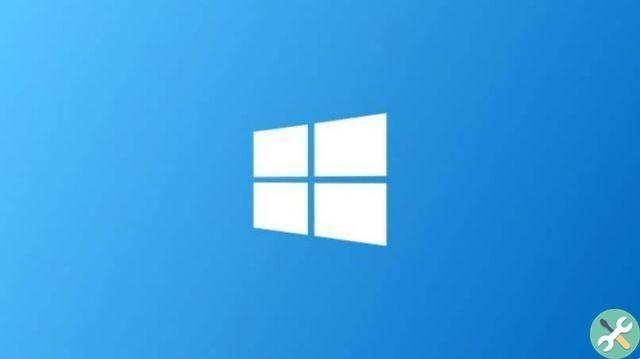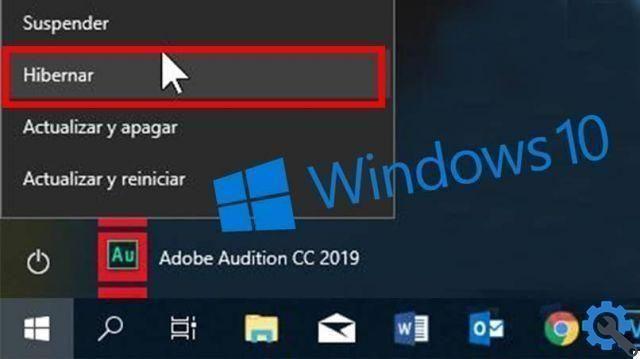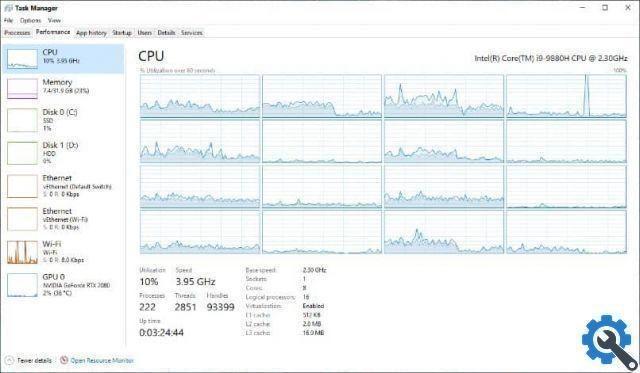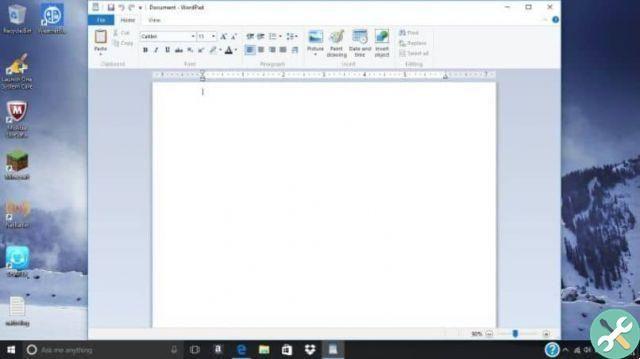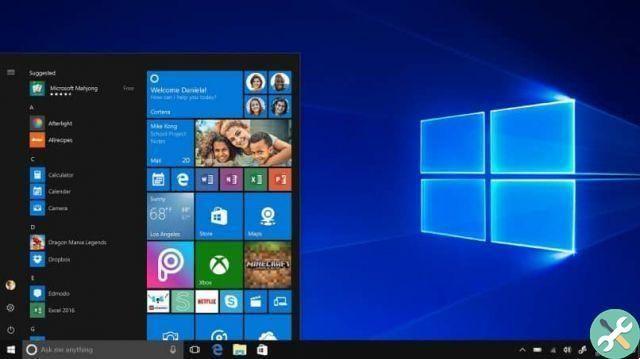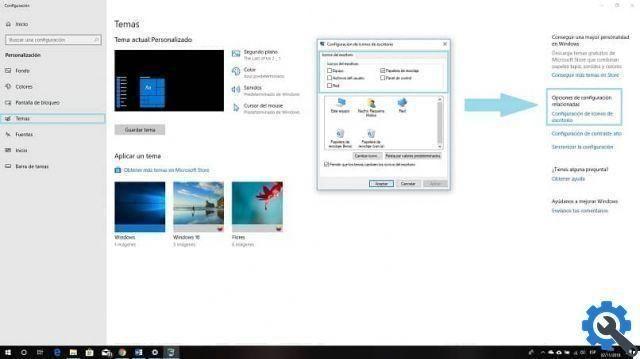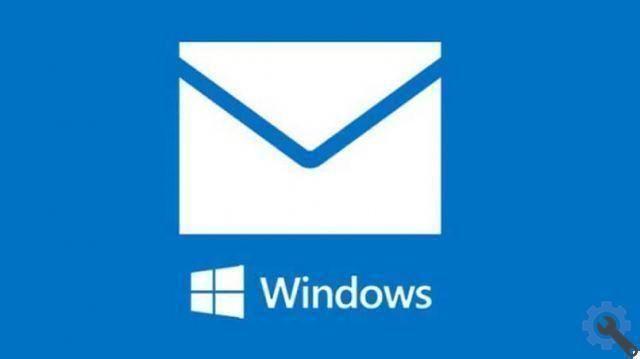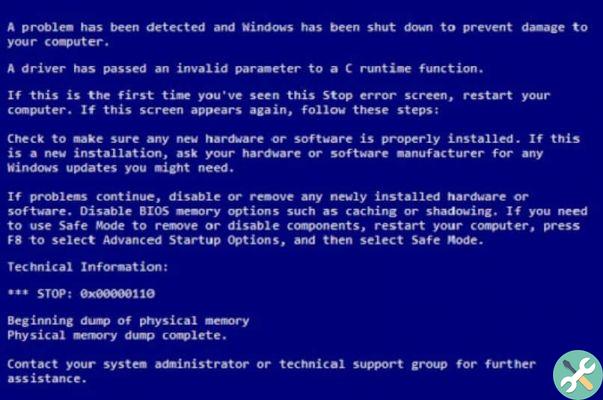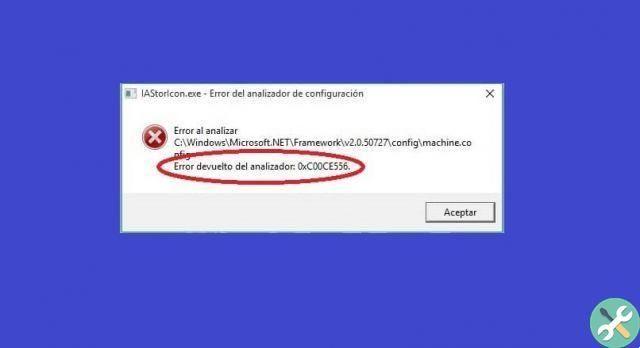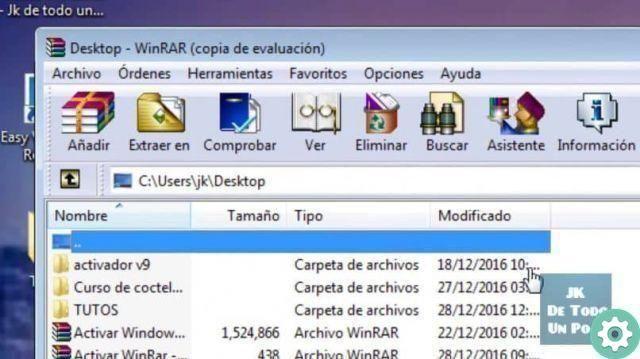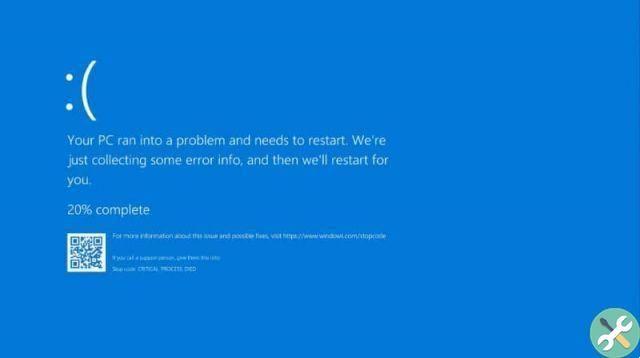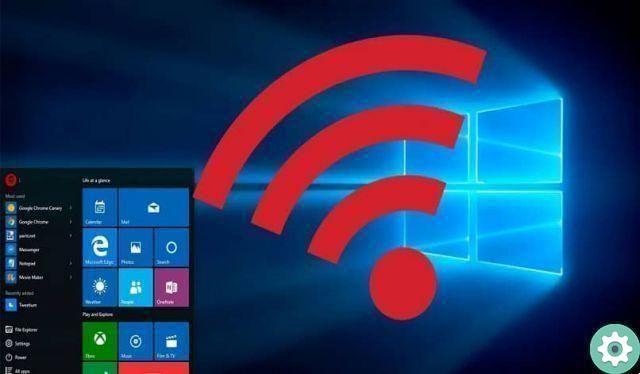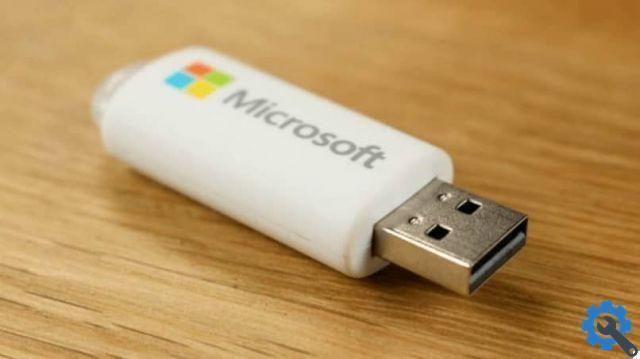Obviously the version of Windows 10 in which you will not find this feature is Home, but in the Enterprise and Pro versions you will find it. So we show you, not just how you will activate this protection for your files and folders. We will also explain you, in this short tutorial, step by step to use it correctly.
In general, activating this feature is very simple, but it turns out that usually a message appears stating that we need to Allow Bitlocker without a TPM compatible. And this can already generate a complication, something we will try to do without major trauma and as simple as blocking access to the hard drive.
How to activate and use Bitlocker protection without TPM in Windows 10
When we want enable Bitlocker protection in Windows 10, we just have to go to File Explorer. So we have to choose the disk drive we're going to protect, which can be C, D, E, F, etc. We select said unit and then we click with the right mouse button to display the context menu and in it we choose the option Activate Bitlocker.
How to activate and use Bitlocker protection without TPM in Windows 10" src="/images/posts/3fbfdcf332811d796541168099a4c1c9-0.jpg">
Then the message appears and it is not possible to activate this protection function, as a TPM is required where the keys are somehow stored. But for this to happen, there must be compatibility with our computer. So the only solution is to grant permissions for enable and use Bitlocker protection without TPM.
Steps to activate and use Bitlocker protection without TPM in Windows 10
So to start we will go to the start menu and write the following command gpedit.msc in the dialog box, this way we will enter the Group Policy.
Once inside this window, we will choose the Local Group Policy option. Then we select Computer Configuration, then we will find and choose Administrative Templates.
We will continue with the next option which is Windows Components, then we choose Bitlocker Drive Encryption, ending up with the OS Drive option.
In this last window we will go to the section Request additional authentication at startup. And we need to double click here and we will select the Enable option.
We're also checking the box for the Allow Bitlocker without a compatible TPM option and voila, we should just save the changes we've made in Group Policy.
Now we leave this window and proceed to go to the unit where we will activate the function. To do this, we will go to Explore file of Windows 10.
So we are going to select the drive we want to activate this function, now we will right click to bring up the context menu options.
And in it we will select the Enable Bitlocker option. Now we will realize that the function has been activated and that the error message it showed us from the beginning is no longer displayed.
How to activate and use Bitlocker protection without TPM in Windows 10" src="/images/posts/3fbfdcf332811d796541168099a4c1c9-1.jpg">
See how simple it can be to activate various functions in Windows 10, if we know the steps and the path to follow to do so. Today we learned how to activate a new level of protection that we can add to our files to avoid possible intruders.
This way you will practice your foreground knowledge for enable and use Bitlocker protection without TPM in Windows 10.




